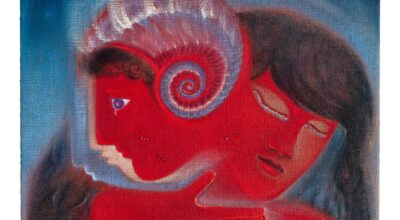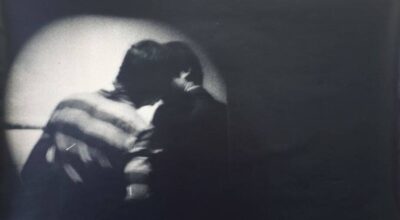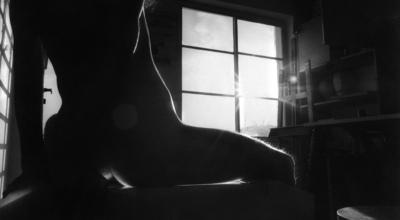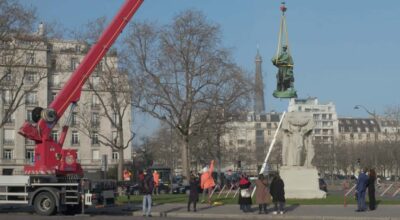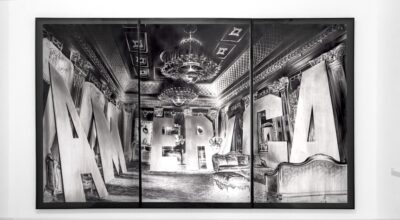colombian artists
DANIEL CORREA MEJÍA: SOY EL DUEÑO DE MI CASA
Confronting himself with the complexity of being responsible for his own house, his own existence as a breathing and individual body, Mejía (b. 1986 Medellín, Colombia, based in Berlin) finds through his work an expanded notion of home -one that is not limited to four walls or even the confines of the physical body.
LIDO PIMIENTA: THE FABRIC. THE ANGER. THE RIVER
Lido Pimienta’s work explores the politics of gender, race, motherhood, identity, and the construction of the Canadian socio-political landscape in the Latin American and vernacular diaspora, always inseparable from her own experience.
THE PARADOXICAL INTERNATIONALIZATION OF “PROVINCIAL ART”. BEATRIZ GONZÁLEZ: A RETROSPECTIVE
Countering a slowly changing mainstream museum and gallery trend in the United States which has traditionally viewed Latin American art as derivative or exotic, an underlying thread of this exhibition highlights González’s contribution to the history of 20th-Century art, while dispelling the misconception of González’s work as part of the international pop art movement, in favor of more “nuanced practice in relation to the context from which it emerged.”
MIGUEL ÁNGEL ROJAS: YO, USTED Y EL CLAN
«Yo, usted y el Clan» at Casas Riegner, Bogotá, surveys the career of famed Colombian artist Miguel Angel Rojas. A leading figure in the history of conceptual art and a chameleon of medium and form, Rojas has recently been the subject of another retrospective. Only last year, his expansive show at the Museo de Arte Moderno Bogotá (MAMBO) Regreso a la Maloca (2021) placed a particular emphasis on the exploitation and conflict in the Amazonas region in southern Colombia. At Casas Riegner, the emphasis is a bit broader and retrospective in tone.
THREE PROMINENT EXHIBITIONS FROM VORTIC’S OUT COLLECTIVE
As part of a collaboration between Vortic, Artishock and Artgonotlar in Istanbul, and aiming to open spaces for under-represented artists, we selected three exhibitions from the OUT Collective project that stand out for their relevance today as socio-political and gender narratives and for their curatorial approach.
MARCEL PARDO ARIZA: AFTER TOUCH
Marcel Pardo Ariza (b. 1991, Bogotá, Colombia) is a trans visual artist and curator that explores the relationship of representation, kinship and queerness through constructed photographs, color sets and installations. Their practices celebrate the erroneous, navigate intergenerational connection, and question arbitrary paradigms while pushing against the boundaries of photography.
IVÁN ARGOTE: A PLACE FOR US
For the last 15 years, Iván Argote has been investigating and creating interventions on public monuments from his home country of Colombia to his current home in France. Influenced by the 2020 global uprisings of a new generation of young social activists confronting systems of inequality, oppression, and racial hierarchy, Argote’s artistic works come through as poetic and political gestures. At Perrotin, he presents six new series that propose alternatives for contested monuments within major historic cities.
MARÍA BERRÍO: WAITING FOR THE NIGHT TO BLOOM
Based in Brooklyn, María Berrío (1982) grew up in Colombia. Her large-scale works, which are meticulously crafted from layers of Japanese paper, reflect on cross-cultural connections and global migration seen through the prism of her own history. «Waiting for the Night to Bloom» is the first survey of her work, on view until May 9 at the Norton Museum of Art (West Palm Beach, Florida).
GONZALO FUENMAYOR: PALINDROMES
“Palindromes” represents Fuenmayor’s “latest investigations into how images can speak to the dynamics of performing identity, negotiating cultural expectations, address histories of colonial exploitation and unpack tropical self-exotification. These reoccurring interests are particularly addressed in his practice to a pan-Latin American and U.S. Latinx context,” according to curator Tobias Ostrander’s text.
PABLO GÓMEZ URIBE: ALL THAT IS SOLID
By welcoming the results of procedural testings into his work, Gómez Uribe targets the notion of Architecture as an arena of uncontested progress, problematizing the conflicting relationship between modernism and modernization. In the ambiguity of global capitalism, where seeming permanence is designed for obsolescence, triumphant architectural developments that follow the beat of real estate drums are destined for decay, disintegration and disappearance.

